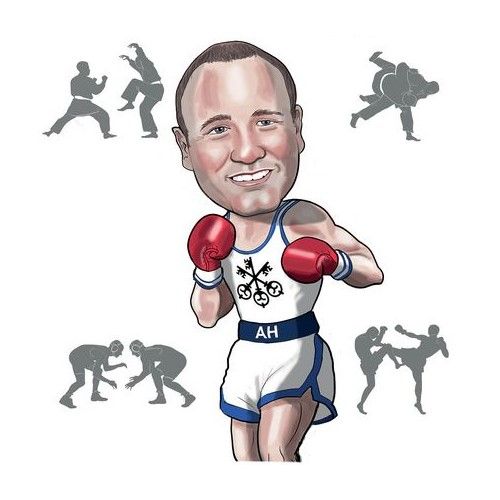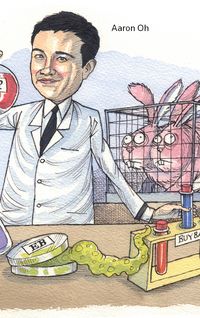Every equity-linked deal led by UBS was unique and met a client’s specific need. Not wedded to one style, UBS mixed features and adapted structures with flair and is IFR’s EMEA Structured Equity House of the Year.
![]()
When issuance falls by 48% in a single year, those with one fighting style find themselves condemned to obscurity. Standing out in a year when most banks have been reduced to a handful of trades should be nigh on impossible, yet the twitching muscles of UBS showed that no two trades need to be alike – and a struggling market is no reason to be unambitious.
The slash in activity inevitably is accompanied by a collapse in fees as bankers battle to the last basis point to secure every possible mandate. The only way to make money is to offer something different to the client and then be rewarded for it. UBS is possibly the only bank active in EMEA to boast an increase in fees in 2018.
“Each of our deals unlocked a problem, so we earn proper fees,” said Armin Heuberger, head of EMEA equity-linked at UBS.
A quiet year for new issues should have ensured a bid for the rare deals that did come along. Yet that didn’t turn out to be the case as bankers frequently pushed too far on terms – over-promising is another sure-fire way to pick up mandates – leading to the horror of deals where banks were left holding bonds. When fees are abysmal there is no cushion to absorb losses on trades and there was no excuse for such bad business.
UBS took a different path. It had never been big in non-dilutive convertible bonds – a straight-debt substitute – as they pay bond-style fees. Yet it was at the forefront of the development of an enhanced NDCB for Swiss Re that delighted the client, pushed the boundaries of what could be done by relying on investors trusting the issuer, and has potential to drive further issuance in the coming years.
Christened discretionary equity bonds – highlighting that the passing years has seen volumes and nomenclature become less impressive – in a public market first, Swiss Re has the right to convert the bonds and settle with stock at any time. The Swiss reinsurer will almost certainly never exercise that right, but such an option meant the structuring and marketing had to be clear and precise. UBS’s role was clear as the structuring bank in a multi-bank syndicate.
Taking a sometimes challenging structure, making it more complicated and yet at the end getting paid and seeing it sell easily is an impressive feat.
“It is no longer a debt surrogate – it is equity on demand,” said Koby Englender, part of the equity-linked team. It is IFR’s EMEA Structured Equity Issue of the Year.
A standout trade for other reasons is the sole books mandate for chemicals maker Sika. Fresh from settling a three-year plus battle with shareholders over its future, Sika secured SFr1.65bn (US$1.65bn) from an upsized seven-year convertible bond issue through sole bookrunner UBS with a conversion premium set 36% above its all-time high share price.
The success of the jumbo convertible was not certain as the two previous sizeable deals – both backstopped – had flopped, traded down, and left lead banks holding unsold bonds.
The convertible was used to repurchase shares from Saint-Gobain to settle a long-running dispute, but at a lofty price that meant a convertible was a natural choice.
At SFr1.65bn it is the only EMEA equity-linked deal to top US$1bn in 2018, but more significantly it is the largest sole-led convertible in Europe for nearly two decades, dating back to Vivendi’s €1.5bn (then US$2bn) CB in January 1999.
The €200m convertible for Consus Real Estate in November 2017 on the surface seemed to be yet another vanilla bond for a real estate company – the one thing equity-linked hasn’t been short of in recent years. In fact, it was anything but ordinary.
Consus had completed a backdoor listing in April 2017 but just days before issuing the convertible it had wrapped up an all-stock acquisition that took its market capitalisation from €200m to €700m. The German company was so new that there were no audited or even reviewed financials to hand – as was spelt out to investors in bold lettering at the top of every communication to investors.
Pre-sounding was patchy, but as with UBS’s other deals it found good demand upon launch. The year also included a fourth consecutive mandate from RAG for an exchangeable into Evonik and the first Swiss CB with settlement flexibility for Swiss Prime Site.
“You see only the result,” said Heuberger. “We are talking to investors throughout the process. You need to feel their pulse on structuring and timing.”
To see the digital version of IFR Awards 2018, please click here.
To purchase printed copies or a PDF of IFR Awards 2018, please email gloria.balbastro@refinitiv.com.







